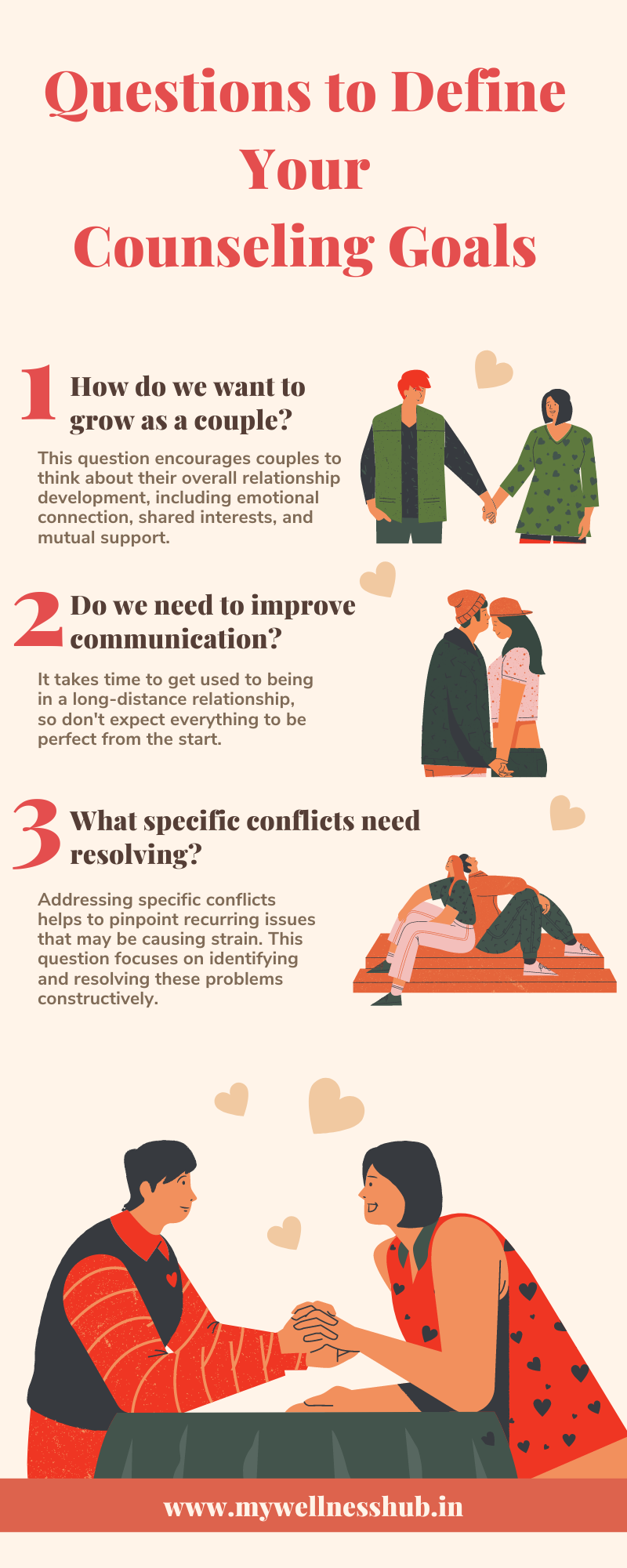The Best Guide To Aim Point Counseling
The Best Guide To Aim Point Counseling
Blog Article
A Biased View of Aim Point Counseling
Table of ContentsThe Buzz on Aim Point CounselingHow Aim Point Counseling can Save You Time, Stress, and Money.The Best Guide To Aim Point CounselingThe Single Strategy To Use For Aim Point CounselingSome Known Factual Statements About Aim Point Counseling Some Of Aim Point Counseling
The longitudinal design entails a pre-treatment study and two follow-up surveys at 3- and 12-months post-intervention. The research is established in 8 Relationships Australia Victoria centres, across municipal, outer suburban areas, and regional/rural sites. Relationships Australia, a non-government organisation, is the largest copyright of couple therapy and connection solutions in Australia.
These high rates of connection failure have been continually connected with unfavorable health effects for both grownups and kids following divorce/separation.
The Best Guide To Aim Point Counseling
Longitudinal researches additionally suggest that children of divorce have a greater incidence of emotional problems, drug and alcohol usage, and high-risk sex-related practices [7] The effects of separation and splitting up can be destructive, research study indicates that high partnership dissonance in intact pairs is also likely to have unfavorable results.
Additionally, factors that influence the results of these services need comprehensive examination. Research to date has actually recognized both pair and individual elements that may add to connection dissonance. These consist of partnership contentment and dedication at the pair level, and clinical depression at the individual level. Nevertheless, durable study to review relationship-enhancing treatments in the community are limited.
7 Simple Techniques For Aim Point Counseling
While many research studies show improvements in partnership satisfaction complying with couple counselling, they are restricted by the samples and steps used, largely temporary follow-up time frameworks, and analyses that do not account for the dyadic nature of pair information., is an additional generally explored relationship outcome.
To summarise, study shows that couple-specific variables as well as private factors might predict the end results of pair therapy and connection services. The causal instructions of these connections, nevertheless, is less clear. These observations are necessary, since, to justify and direct the application of relationship solutions such as couple therapy, empirical proof must discover both the outcomes of partnership solutions and the aspects that anticipate effective therapy.
, at least in some European nations.

We presently know little concerning the profiles of couples that look for out relationship education and learning contrasted with those who seek relationship counselling, or the results of these programs. Anecdotal proof recommends that there may be substantial distress amongst at least some pairs seeking relationship education and learning.
Some Known Incorrect Statements About Aim Point Counseling
Comments entails individuals finishing sets of questions about their connection (e.g. measures of interpersonal issues), and getting details on what their scores show. Cognitive-behavioural methods promote altering cognitions to promote favorable connections. These may consist of promoting realistic attributions/expectations around negative partner behavior [46] Lastly, in skills training, couples participate in lectures or presentations on connection skills, and practice these throughout facilitator-led tasks [ 45]
These impacts have actually persisted for approximately 4 years in some studies [47] These meta-analyses highlight limitations in the present literature on connection education and learning. Especially, the bulk of studies entailed couples from top socio-economic backgrounds that were not experiencing high relationship disharmony [47,48] This sample profile may not stand for customers who generally present for partnership education.
Some Known Incorrect Statements About Aim Point Counseling

Very little research has actually checked out the comparative benefits of pair coaching and relationship education programs. As clients are most likely to self-select into these service kinds, it is unclear whether characteristic partnership distress profiles present to every solution type, or without a doubt whether there is a communication in between offering profile, solution kind and result.
(https://go.bubbl.us/e95604/6d15?/Aim-Point-Counseling)
Thus, we have consisted of a 12-month follow-up to gauge longer-term patterns and effects. The study utilizes a number of standardized result procedures given that some previous examinations have actually been criticised for their lack of standardised assessment [50] The usage of statistical evaluations that think Home Page self-reliance of information, such as t-tests, or ANOVAs, has been common in previous research studies [ 44,49]
Therefore, we suggest to make use of multi-level analytical modelling treatments that control for the inter-dependence of pair data to examine any therapy results. The details purposes of the ECC study are to: 1. Map profiles of clients seeking community agency-based couple coaching vs. partnership enhancement programs in terms of socio-demographic and partnership indications (such as partnership contentment, partnership dedication, interpersonal issues, and factors for participating in), as well as health and wellness (such as clinical depression, basic wellness) and health solution use (eg.
2. Establish whether couple therapy and relationship education and learning solutions enhance 3- and twelve-month outcomes for partnership satisfaction, commitment, and depression, utilizing analytical analyses proper to combine information. 3. Establish the relative contributions of client aspects (private and pair) and therapy/education aspects to outcomes at 3- and 12-months, and to sustainability of outcomes with time.
More About Aim Point Counseling
Multi-level modelling to identify pre-post differences, managing for dyadic (pair) degree. To contribute to the literature evaluating the performance of community-based pair coaching.
Report this page